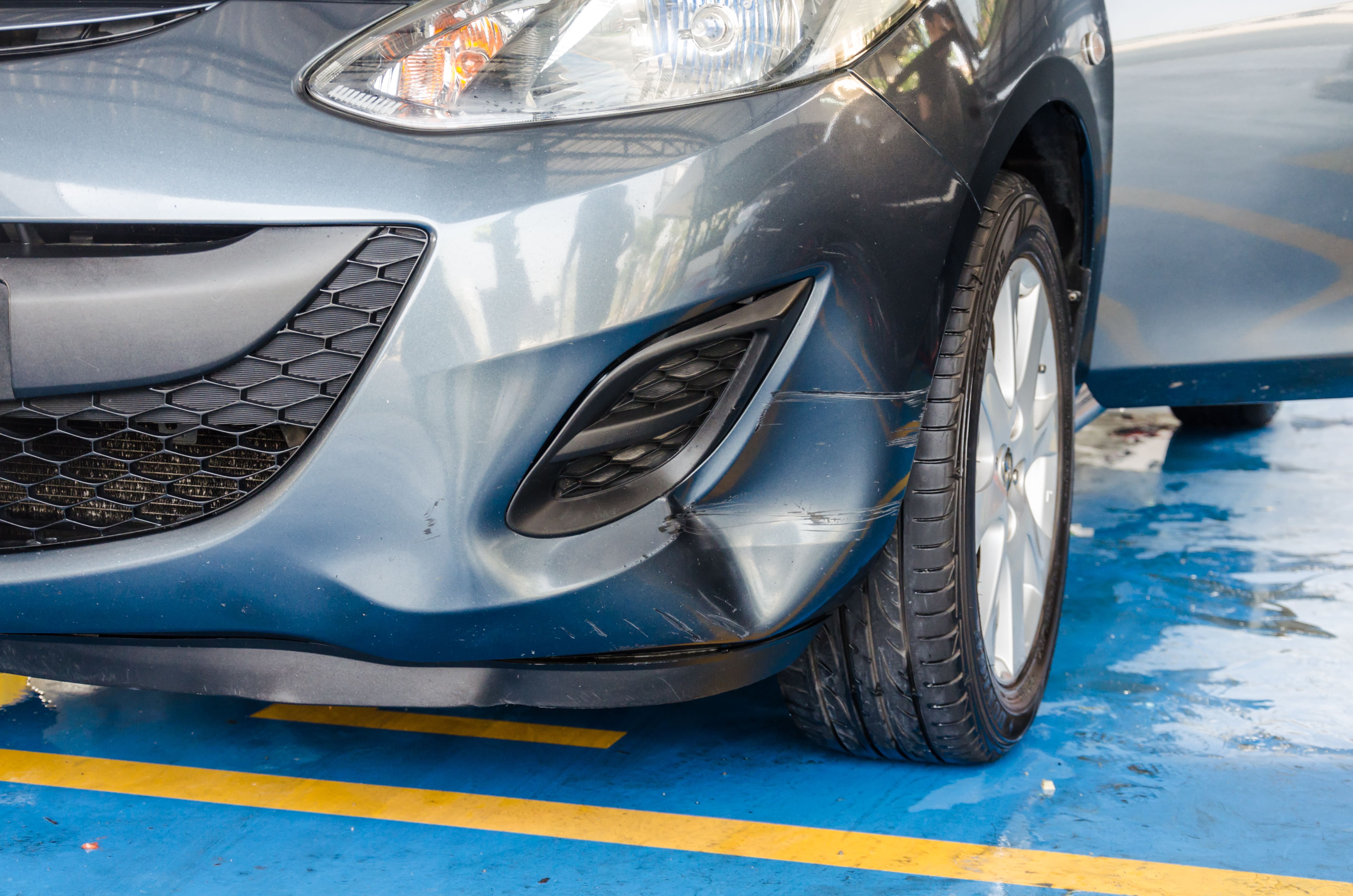ProFirst Certification: Definition and Benefits
The difference between “fixed” and “fixed right” is huge.
It changes how a car’s safety systems behave and how long the repair lasts. That’s why Flagstaff Collision Center maintains the ProFirst credential for Honda and Acura vehicles.
ProFirst ties repair methods to how each car was designed and engineered. The approach reflects best practices across the collision repair industry and relies on specific repair information from the manufacturer.
What ProFirst Is and Why It Exists
“If you repair it, make it as good as it was when it left the factory.” — ProFirst’s philosophy in a nutshell.
ProFirst aligns collision work with the factory playbook. Shops follow current procedures, use the right materials and prove results with measurements and records. The aim is simple. Return the car to how it was designed and engineered, not just how it looks.
Modern vehicles combine high strength steels with aluminum, structural adhesives with precise welds and advanced electronics with radar and cameras. Ignore one link in that chain and crash performance can suffer or drivability problems can appear.
Factory-Correct Methods at Flagstaff Collision Center
ProFirst Tooling Standards
ProFirst shops require specific tools. Flagstaff Collision Center invests in squeeze type resistance welders, pulse MIG welders, rivet systems and bonding equipment that match factory requirements for the metals on the body.
We maintain specific tools and equipment for diagnostics, module programming and calibrations. That includes OEM level scan tools, aiming fixtures and targets for cameras and radar. We also maintain equipment to repair laser brazed seams and mixed material joints with precision.
Procedures That Mirror Factory Engineering
Cutting corners to save time could lead to wrong repairs and persistent issues. At Flagstaff Collision Center, factory procedures guide every operation so we properly repair each assembly.
A ProFirst repair follows the plan used to build the car to ensure the repaired vehicle meets the same standard as it did originally. Example: If a rail, hood or bumper beam was designed and engineered to absorb X amount of energy, the replacement must recreate that performance. The same goes for sectioning points, adhesive types and cure schedules, weld counts, seam sealer patterns, corrosion protection steps and torque specs.
We also keep the shop in top shape. ProFirst evaluates lighting, lifts, compressed air quality, parts storage, booth performance and temperature control that affect adhesives and coatings. The program checks our cleanliness and overall shop organization and requires equipment facility cleanliness that prevents contamination or accidental damage.
Training and Testing That Never Stops
Tools and procedures matter when people use them well. ProFirst ties approval to education and proofs of skill that are performed on an ongoing basis. ProFirst shops must complete welding qualifications, material classes, refinishing best practices and courses for electronics and ADAS. New model years bring new alloys, revised joints and new sensor suites, so education continues through the year.
Documentation, Audits and Accountability
Repair quality has to be provable. ProFirst calls for a record of measurements, photos, scan reports and calibration screenshots. Independent checks are performed on an ongoing basis through audits that confirm our process matches the OEM blueprint.
American Honda uses a survey system to ensure that communication, timelines and results meet expectations. The program is a partnership with the party American Honda standards that guide how participating shops perform and improve. These records anchor a certified collision approach reviewers can verify at any time.
Parts Strategy Grounded in Safety
Vehicle safety and longevity depend on parts that fit and perform as the factory intended.
ProFirst stresses genuine components when procedure requires them because they match materials and dimensions and often arrive with the right coatings. They integrate with sensors, brackets and sealing channels. When a method allows a non structural piece, the spec and attachment still come from the factory document set. We explain the parts plan so you know how each choice supports a safe outcome.
Electronics, Scans and Calibrations
Key electronic steps on your repair plan include:
- Pre repair health scan to identify hidden diagnostic trouble codes
- Structural measurements recorded to validate body geometry
- Dynamic and static ADAS calibrations with documented target setup
- Post repair scan that confirms no active codes remain
- Road test and steering angle reset when called for by the procedure
Painting & Collision Protection
Refinishing standards protect appearance and longevity. Color match depends on correct paint lines, blend panels and spray out cards guided by a spectrophotometer. Long life depends on surface prep, primers, seam sealers, cavity wax and underbody coatings applied where the factory calls for them. We map these steps to each vehicle and document coverage with photos before panels close.
Core refinish and protection actions on Honda and Acura vehicles include:
- Substrate cleaning and sanding that meet grit and cleanliness specs
- Epoxy or etch primers chosen by the material and repair location
- Seam sealer reinstated to the factory bead pattern and thickness
- Cavity wax applied to inner structures through access holes with wands
- Underbody coatings restored to protect from abrasion and corrosion
- Color match verified with spray out cards and blending of adjacent panels




